How US Neocolonial Development Failed the Philippines – Part I
It is a sober admission of practically all reasonable and level-headed viewpoints that United States hegemony, by way of imperialistic programming, has had a direct hand in what post-war Philippines has gone through in terms of the social, political, economic and even cultural journey of a suffering and struggling people.
The Philippines was briefly on top of the Southeast Asian — in fact, Asian — economic ladder immediately after the country’s liberation from Japanese occupation (courtesy of the US). That is, until Japan recovered from its devastation, initially through an inflow of massive US war reparation aid and, later, the institutionalization of industrial and commercial presence to stabilize and make dominant Japan’s economy, not only in Asia but also globally. When Japan’s economy stabilized, the Philippines comfortably found itself in the second spot, which was still highly satisfactory.
The ensuing years were characterized by political manipulations, through the exploitative maneuverings of US hegemony, that began to hurt the country’s economic foundation and put in place the conditions that later pulled the Philippines down the path of political decadence and, more seriously, economic retardation. After the resolution of the Korean War, the Philippines gradually slipped down the economic ladder from being second only to Japan, to being third below Malaysia, then fourth below China, fifth below South Korea, sixth below Thailand and seventh below Vietnam, although Vietnam had been razed to the ground by the longest and costliest war of the 20th century. Like the proverbial phoenix that rises from the ashes, however, Vietnam in the 21st century is indubitably a very stable economic force to reckon with.
It is worthwhile to reflect on the most prominent phases, features and influences of certain Philippine economic formations. By doing so, these formations can be more clearly and meaningfully assessed. A battery of theoretical formulations and models are readily on hand for this. The following reflection will be limited to the parameters of the following classic theories of development, discussed in Michael P. Todaro’s and Stephen C. Smith’s book, Economic Development.[1] These are: (1) the linear-stages-of-growth models, (2) theories and patterns of structural change, (3) the international-dependence revolution, and (4) the neoclassical, free-market counterrevolution.
Linear-stages-of-growth model
The linear-stages-of-growth model is an outgrowth of 1950s and 1960s Cold War politics. It has two successive theories: the first is advanced by American economic historian Walt W. Rostow; the second is the Harrod-Domar model that injects into the Rostow model “the mobilization of domestic and foreign savings in order to generate sufficient investment to accelerate economic growth.”[p.113]
Rostow described “the transition from underdevelopment to development… in terms of a series of steps or stages through which all countries must proceed”[p.112] and which are: (1) traditional society, (2) pre-conditions for take-off into self-sustaining growth, (3) take-off, (4) drive to maturity, and (5) age of high mass consumption.
Based on the Rostow growth model, the Philippine economy has not yet positioned itself on the take-off platform. More reasonably, it could be surmised that the Philippine economy is still in the “pre-conditions” stage. Clearly, we have passed the traditional stage, considering that we have all the simulacra of a modern western society in terms of technological and commercial amenities, which are factors that make us aware of the pre-conditions that will allow us to take off into self-sustaining growth. However, we as a people in general have not yet concretely experienced such pre-conditions.
What we have experienced so far is a distant glimpse of the take off. In other words, through the successive terms of post-war government leaders, we have said, time and again, that we were almost there. But in no specific historical moment have we ever quite been there. There are many features of a capitalist society amidst us in terms of industry and technology, but we cannot deny the fact that vestiges of traditional society still linger and forcefully exert an enormous force to retard social, political and hence economic formations and mobility. Simultaneously a habitus has developed in the people’s general culture that has seemingly created a hopeless domestic situation. In this regard, Prof. Jose Ma. Sison may be justified in his assessment that Philippine society is in reality semi-feudal and semi-colonial.
If we look into the intertextuality of Rostow’s categories and Alvin Toffler’s “waves,” profusely discussed in his trilogy[2], Toffler’s first wave, or agricultural society, is in between Rostow’s traditional society and the “pre-conditions” stage, which Toffler identifies as being the initial formation of the industrial era. Rostow’s “take-off” stage thus becomes Toffler’s second wave of industrial society, because a genuinely economic take off in the context of modern Western society may only be realized after all the components of industrialization are in place. The rest of Rostow’s stages are, of course, the major conditions to bring about Toffler’s third wave, or “post-industrial” society in the age of information.
The Harrod-Domar variation of the linear-stages-of-growth model zeroes in on the concrete operationalization of Rostow’s take-off stage. The Harrod-Domar model contends that no take-off may happen without a mobilization of domestic and foreign savings via investment.[p. 113]
The Philippine government recognizes well this need for investment, as evidenced by the export-processing zone areas (EPZAs) in different parts of the country. The single major problem we find in this state of affairs is the subordination of Philippine to foreign investors at the negotiation table. In other words, the Philippines is always at the mercy of foreign investors and faced with a “take-it-or-leave-it” situation. Because of massive unemployment on the domestic scene, the Philippine government has naively placed the country in a situation of utter desperation that grants arrogant foreign investors much leeway to call the shots in negotiations that ultimately lead to the inauguration of foreign investment entities, whose main purveyors are dye-in-the-wool capitalists armed with “portfolio investments.”
The situation exploits the country’s cheap labor, the available liquid capitalization provided by domestic banks, and the savings of existing local businesses “recruited” as partners to these foreign investors. The grave downside of this scenario leads to a downgrade of most of the professional and technical skills readily available among the locals, considering the high-level of training and education that Filipinos undergo in a variety of specialized fields of productive endeavors.
As regards portfolio investment, the only investment carried by a foreign investor is her/his successful performances in her/his country of origin and/or other places. No liquid capitalization is brought into the country, and the investor relies solely on locally available capitalization. Consequently, a large percentage of the profit goes to the foreign investor and very little to the domestic coffer. A tragic consequence of this situation is when the so-called profit of the investor is taken out of the country for whatever purpose the investor deems necessary, in favor of her/his selfish interest, at the expense of the locally-generated capitalization that has only accrued minimal interest.
Structural-change model
Todaro and Smith say that “[s]tructural-change theory focuses on the mechanism by which underdeveloped economies transform their domestic economic structures from a heavy emphasis on traditional subsistence agriculture to a more modern, more urbanized and more industrially diverse manufacturing and service economy.”[p.114]
The Philippine economy fits well into the structural-change model considering that this economy is definitely underdeveloped and, in its present experience, there have been efforts to switch from traditional subsistence agriculture to at least the level of modernization and urbanization. Two theoretical approaches are considered in the structural-change model: the Lewis theory of development and the Chenery “patterns of development” analysis.
The Lewis theory assumes that two sectors constitute the underdeveloped economy: “… a traditional, overpopulated rural subsistence sector characterized by zero marginal labor productivity — a situation that permits Lewis to classify this as surplus labor in the sense that it can be withdrawn from the agricultural sector without any loss of output — and a high-productivity modern urban industrial sector into which labor from the subsistence sector is gradually transferred.”[pp. 116-117] This model aims for the full realization of high productivity in the sector of modern urban industry, which it assumes to be the concrete goal of genuine economic progress in a country. The modern urban industrial sector may actually expand its productivity via the transfer into it of labor from the rural subsistence-agriculture sector. And since the modern industrial sector offers wages 30 percent higher than the average rural income, it becomes inviting for traditional agricultural workers to leave their rural origins and migrate to an urban setting.
In the Philippines, the Lewis model does not yield the rosy promise of economic progress, as it disempowers the agricultural sector, in particular, and hence the Philippine economy, in general. The urban magnet of “the good life” precludes the empowerment and stabilization of agricultural productivity which, if genuinely pursued, could have provided a foundation for agro-industrialization. Hence, it would have in turn become the foundation of national industrialization. The Lewis model creates a lopsided situation in an underdeveloped economy by a polarization of sectors that leaves the agricultural sector a wasteland and the industrial sector at the mercy of foreign investment, at least in the context of Philippine experience.
In the final analysis, the enhancement of capitalist industries in a country, according to the Lewis model, amounts to a rise of the GNP; but in a capitalist situation, it is only the capitalists who benefit from this GNP increase by way of enormous profits. The wealth of a nation, as reflected in the GNP, does not actually prove “the good life” of individual families, much less of individual persons because, as it happens, there has always been an absolutely unequaldistribution of wealth in the Philippines.
Hollis Chenery, in this connection, formulated a theory in which “increased savings and investment are perceived… as necessary but not sufficient conditions for economic growth.”[p.121] This theory is operationalized in the structural-change model, which stresses both domestic and international development constraints. “The domestic ones include economic constraints such as a country’s resource endowment and its physical and population size as well as institutional constraints such as government policies and objectives. International constraints on development include access to external capital, technology, and international trade. Differences in development level among developing countries are largely ascribed to these domestic and international constraints….
“[T]he structural-change model recognizes the fact that developing countries are part of a highly integrated international system that can promote — as well as hinder — their development.”[p.122]
References
1. Michael P. Todaro and Stephen C. Smith, Economic Development (8th Edition), Pearson Education South Asia Pte Ltd., Singapore.
2. Alvin Toffler, Future Shock (1971), The Third Wave (1981), Powershift (1990); Bantam Books, New York.
Editor’s Note: Photographs one, four, six, seven, eight, nine, ten, twelve and thirteen by Daniel Y. Go. Photographs two, three, five and eleven from the historical archive of John Tewell.
Related Articles

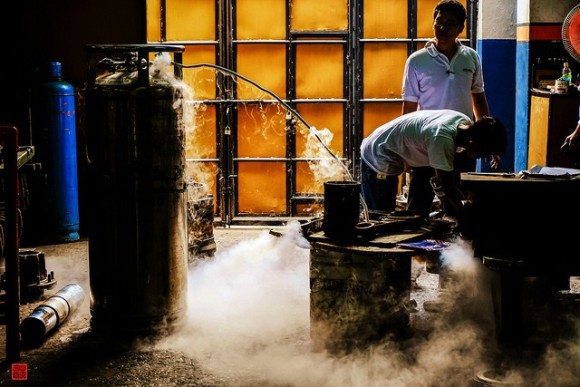
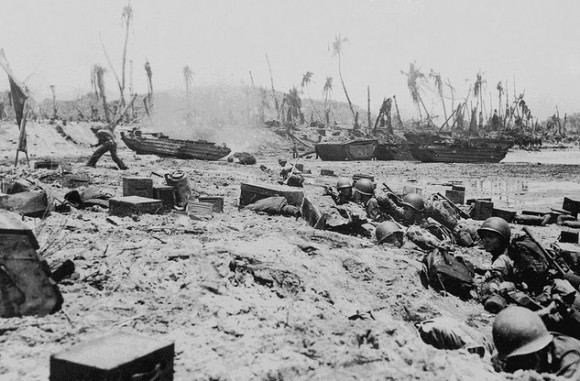
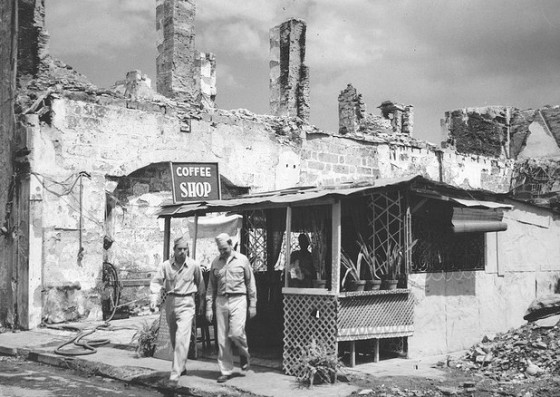
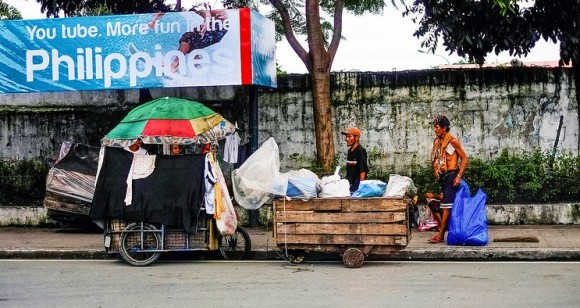

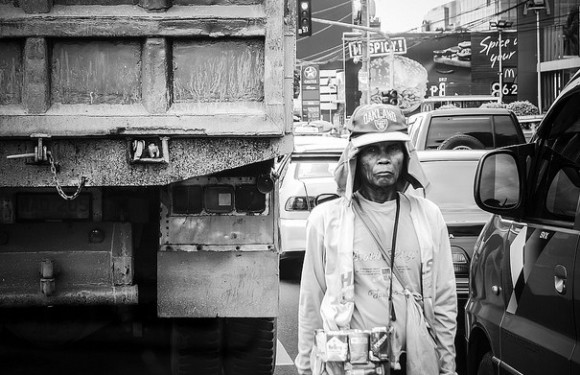
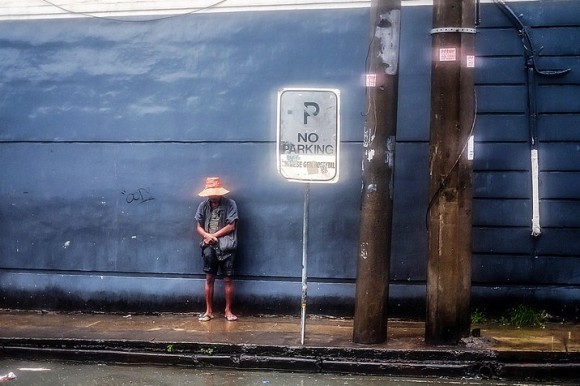

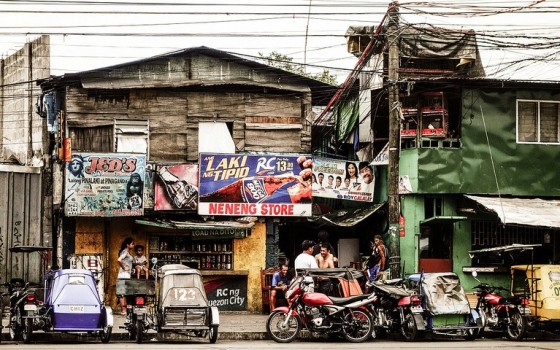
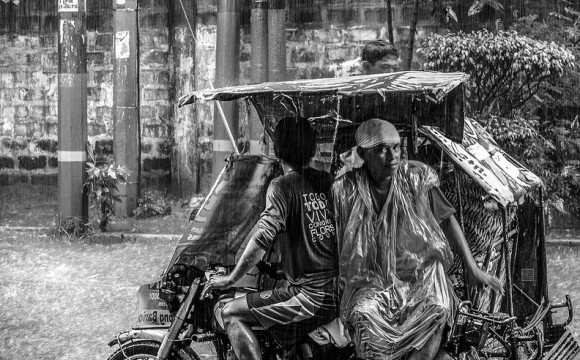
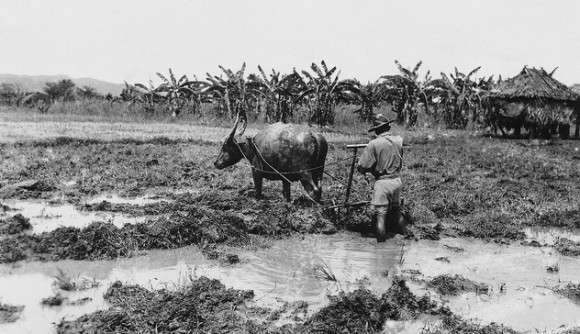

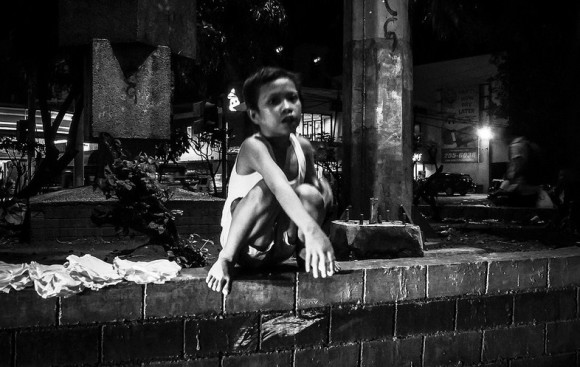











You must be logged in to post a comment Login